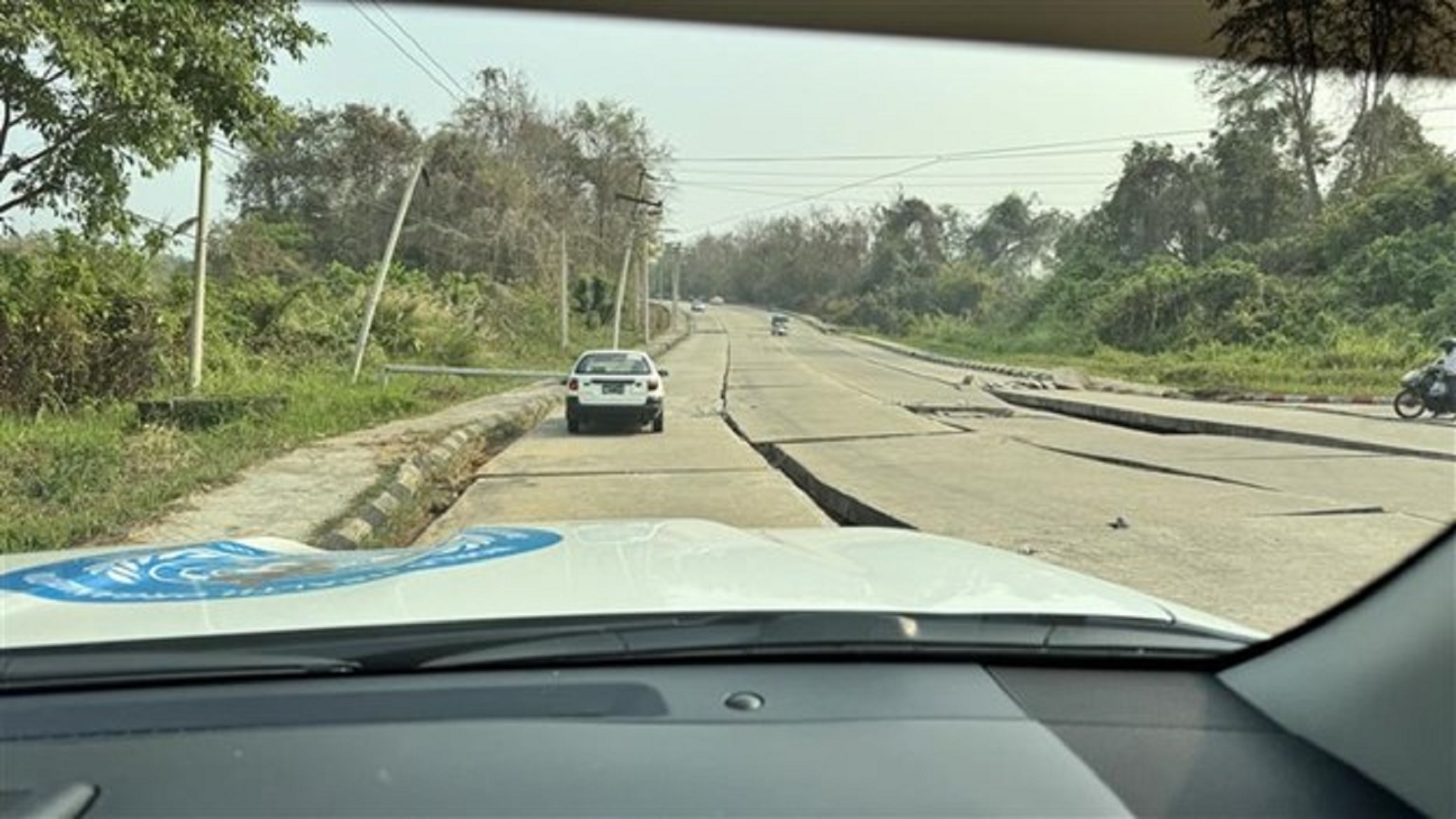
Major Highlights
Disease Outbreak News (DONs)
What We Do

WHO Health Emergencies
South-East Asia Region
Thai Red Cross Emerging Infectious Diseases - Health Science Centre/ WHO Collaborating Centre for Research and Training on Viral Zoonoses
Publications
All →
WHO South-East Asia Regional Strategy for the prevention and control of Nipah virus...


Technical Brief (interim) and Priority Actions: Enhancing Readiness for mpox in WHO...

Training on influenza data management, analysis and pandemic influenza severity assessment, Jakarta,...
In line with the Global Influenza Strategy (2019–2030) and recommendations from the 14th Bi-Regional meeting of surveillance and National Influenza...

Regional Roadmap to Advance Field Epidemiology Capacities in the WHO South-East Asia Region 2025–2029
Among the lessons from the COVID-19 pandemic, many Member States expressed the crucial importance of the field epidemiology workforce as key components...

Strategic Action Framework for Strengthening Community Engagement and Resilience to Health Emergencies...
The Strategic Action Framework for Strengthening Community Engagement and Resilience to Health Emergencies in the WHO South-East Asia Region (2025–2029)...

WHO SEAR 20th Epidemiological Bulletin 2024
This epidemiological bulletin aims to provide the situation of key infectious diseases in the WHO South-East Asia region to inform risk assessments and...

Joint national and international surveillance review of ILI/SARI sentinel surveillance: Indonesia
The Global Influenza Strategy (2019–2030) was developed by the World Health Organization (WHO) to provide a holistic approach to tackling influenza,...

In alignment with the Global Influenza Strategy (2019–2030) and the recommendations of the 14th Bi-Regional meeting of surveillance and National...

Successful implementation of the Global Influenza Strategy (2019–2030), PIP framework, and End-toEnd Integration of SARS-CoV-2 and Influenza Sentinel...

Advancing Joint Risk Assessment using the One Health Approach in WHO South-East Asia Region. Report of...
Since 2017, the collaborative efforts of the Food and Agricultural Organization of United Nations, World Health Organization and the World Organisation...

Since 2014 Member States of the WHO South-East Asia Region have strengthened emergency risk management as one of the Region’s Flagship Priority...

Invisible: The Rohingyas, the crisis, the people and their health
A mass movement of the Rohingya people started on 25th August 2017 from the Rakhine state of Myanmar to Cox’s Bazar district of Bangladesh. This...

Roots for resilience
The aims of the publication are three-fold. It provides a solid base for quantifying risks by defining methodologies with existing tools and data sets....

On 25 April 2015 at 11:56 NST, with a mighty shudder, the earth released the pent-up seismic energy trapped within in the form of an earthquake that lasted...
Building for Change
Good practices in Health Emergencies in South-East Asia
Guidelines

Emergency response framework (ERF), Edition 2.1
The ERF provides WHO staff with essential guidance on how the Organization manages the assessment, grading and response to public health events and emergencies...

Joint external evaluation tool: International Health Regulations (2005) - third edition
The first edition of the WHO Joint External Evaluation (JEE) tool was published in February 2016 followed by the second edition of the tool that...

Emerging infectious diseases (EIDs) are serious public health threats, globally as well as in the WHO South-East Asia Region. An emerging infectious...

International Health Regulations (2005) – Third edition
The International Health Regulations (2005) (IHR) provide the international legal framework for the prevention and response to the international spread...
Multimedia
Partnership and Donor Information
Events
Strengthening RSV Surveillance Phase-3: WHO-SEAR, MOH Webinar
Online webinar
Strengthening RSV Surveillance Phase-3 WHO 3 Level call with MOH, in selected SEAR member states
Overview:
WHO Headquarters, SEARO, and CDC are organizing this webinar to provide a technical, financial, and administrative overview of the RSV Surveillance Phase-3 (2024–2027). The session will outline the support mechanisms available to Member States and discuss roles, expectations, and next steps in implementing standardized RSV surveillance.
Agenda Highlights:
- Welcome and Opening Remarks
- Overview of RSV Surveillance Phase-3
- Technical and Financial Support for Countries
- Country-Specific Roles and Expectations
- Q&A Session
Date and Time:
18 December 2024
4:30 PM India Time (12:00 PM Geneva Time)
Social Media/Tweets
Social Media/Facebook
Contact Us
World Health Organization
Regional Office for South-East Asia
Email: searwhe@who.int















